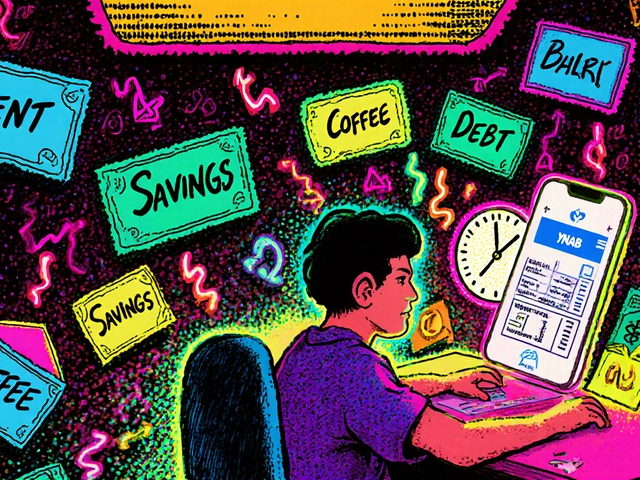Cash Management Account: What It Is and How It Fits Your Investment Strategy
When you’re not ready to invest, your money shouldn’t just sit there earning nothing. A cash management account, a hybrid account that combines features of checking, savings, and investment accounts to hold and grow idle cash. Also known as cash sweep account, it’s designed to put your spare money to work with higher interest than a regular savings account—while still letting you write checks, pay bills, or transfer funds instantly. Unlike traditional savings accounts, many cash management accounts are offered by brokerage firms and fintech platforms, linking directly to your investment portfolio so cash from stock sales or dividends flows automatically into it.
It’s not a bank account, but it often acts like one—with debit cards, ATM access, and no fees. What makes it different is the interest rate. While most banks pay less than 0.5% on savings, top cash management accounts now offer over 4% APY. That’s not magic—it’s because they’re backed by money market funds or FDIC-insured bank deposits at partner institutions. And unlike money market mutual funds, many cash management accounts come with FDIC insurance, federal protection up to $250,000 per depositor per bank. Also known as deposit insurance, it gives you peace of mind that your cash won’t vanish if the provider fails. You’re not taking market risk like you would with stocks or bonds. This makes it perfect for emergency funds, down payment savings, or cash you plan to deploy in the next few months.
But here’s the catch: not all cash management accounts are created equal. Some charge hidden fees for wire transfers or ATM use. Others tie your interest rate to account balances or require minimums. And while they’re great for short-term holding, they’re not meant to replace long-term investments. If you’re using one, make sure it’s part of a bigger plan—like parking cash between trades, funding a Roth IRA monthly, or waiting for a market dip. The best ones integrate smoothly with your brokerage, so you don’t have to juggle multiple logins or transfer delays.
You’ll find these accounts in platforms like Fidelity, Charles Schwab, and newer fintech apps that treat cash as a core part of investing—not an afterthought. They’re especially useful if you’re using robo-advisors or automated investing, where cash flows in and out regularly. And if you’re someone who worries about market timing, having a high-yield cash account means you’re not forced to choose between sitting on the sidelines or jumping in blind.
Below, you’ll find real guides that break down how these accounts work, how they compare to alternatives like high-yield savings or money market funds, and how to avoid common traps—like assuming all cash accounts are safe or that higher interest always means better service. Whether you’re new to investing or just trying to stop losing money on idle cash, these posts give you the facts you need to make smarter moves.





